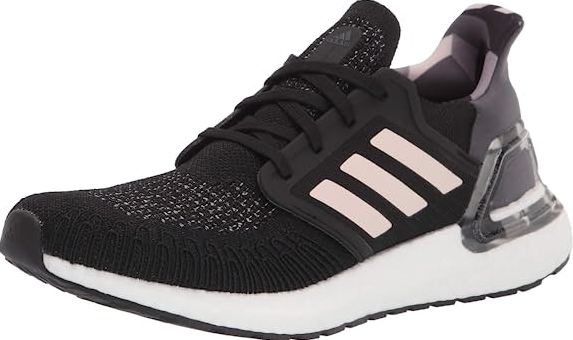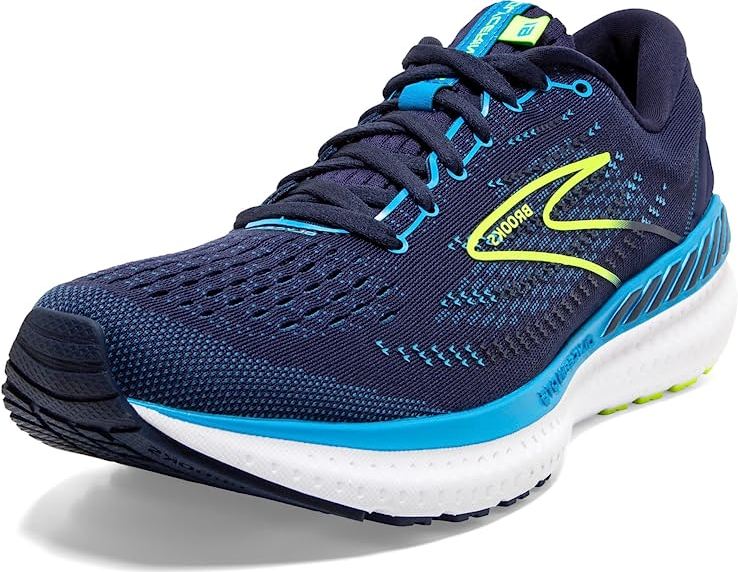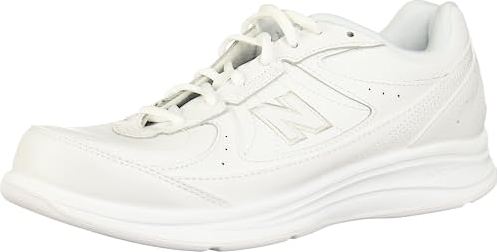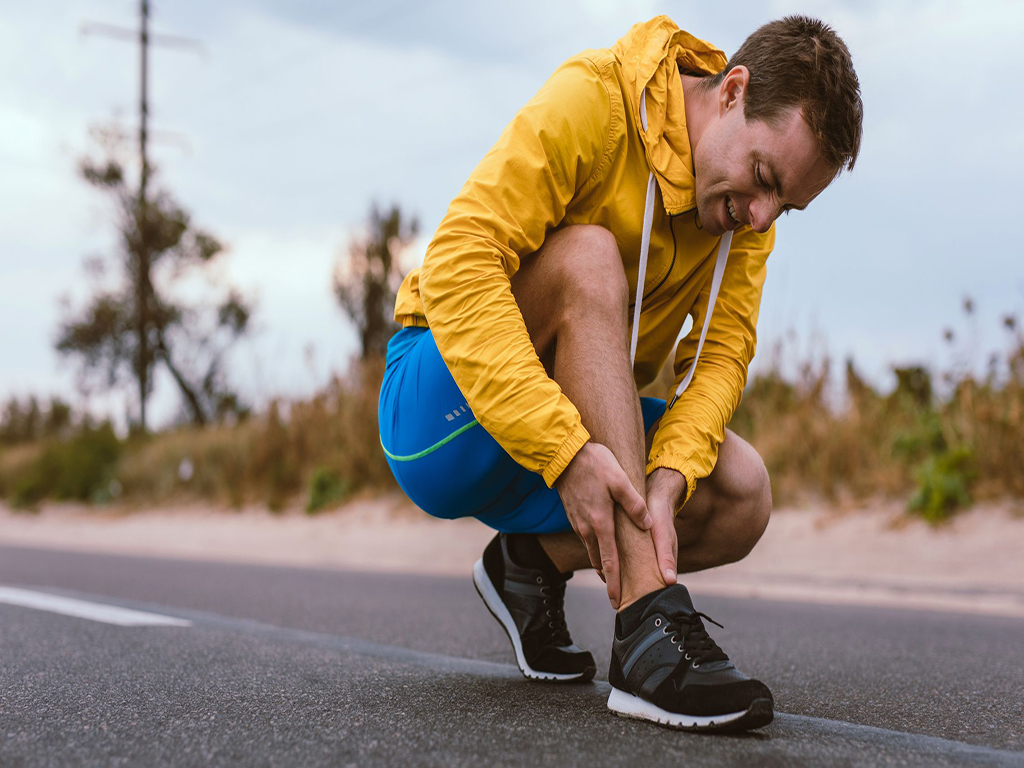Shin splint pain is concentrated in the lower leg between the knee and ankle. Your doctor may refer to this condition as medial tibial stress syndrome (MTSS). Shin splints often affect people who do moderate to vigorous physical activity. You may develop shin splints if you frequently engage in strenuous physical activity or sports that stop such as tennis, racket, soccer, or basketball. If you have this problem, you need the best shoes for shin splints.

Sometimes the pain from shin splints can be so intense that you have to stop the activity. Repeated blows and stress on the bones, muscles, and joints of the lower leg prevent your body from naturally repairing and recuperating.
The pain associated with shin splints occurs due to excessive force on the shin bone and the tissue that attaches the shin bone to the surrounding muscles. The excessive force causes muscles to swell and increases pressure on the bones, causing pain and inflammation. Shin splints can also result from a stress reaction to fractures. Continuous hitting can cause small cracks in the leg bones. The body can repair cracks if given time to rest. However, if the body doesn’t get time to rest, small cracks can result in a total fracture or a stress fracture.
Pros And Cons Best for Distance Runners: ASICS Women's Gel-Nimbus 22 Running Shoes
Pros
- Flexible
- Excellent shock absorption and cushioning
- Helps improve your natural gait
Cons
- May run wide for narrower feet
| Image | Product | Details | Price |
|---|---|---|---|
 |
Adidas Unisex-Adult Ultraboost DNA Sneaker | Fabric Type: 100% Textile Origin: Imported Sole Material: Synthetic Shaft Height: Low-top |
Amazon Price |
 |
Brooks Men’s Glycerin GTS 19 Supportive Running Shoe (Transcend) | Origin: Imported Sole Material: Synthetic Outer Material: Synthetic |
Amazon Price |
 |
New Balance Women’s 577 V1 Lace-up Walking Shoes | Fabric Type: 100% Leather Origin: Imported Sole Material: Rubber Outer Material: Leather |
Amazon Price |
Various activities and physical attributes can put you at risk for shin splints. These risk factors include:
anatomical abnormalities (such as flat foot syndrome)
muscle weakness in the thighs or buttocks
lack of flexibility
Improper training technique
running down the hill
walking on sloping surfaces or uneven terrain
walking on hard surfaces like concrete
wearing inappropriate or worn shoes for running or exercising
participating in sports that stop and start (such as soccer or downhill skiing)
Women, people with flat feet or stiff arches, athletes, military recruits, and dancers are all more likely to develop shin splints. Steps you can take to avoid shin splints include:
wearing shoes that fit and offer good support such as Lamincoa, Brooks Glycerin, and WHITIN.
use shock-absorbing soles
avoid exercising on hard or inclined surfaces or uneven terrain
Increase exercise intensity gradually
warm-up before exercising
make sure to stretch properly
don’t force exercise
Exercises should be varied to avoid overuse and trauma to specific muscle groups.
Shin splints usually require you to take a break from certain physical activities and give your feet time to rest. The discomfort usually resolves completely within a few hours or at most a few days with limited rest and activity.
The recommended rest period is usually about two weeks. During this time, you can engage in sports or activities that are likely to cause additional damage to your feet. These activities include swimming or walking.
